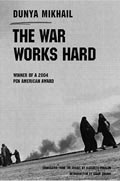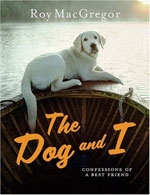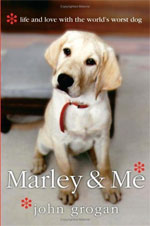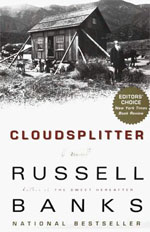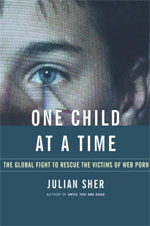
Helen Hardin was a Native American artist who created vibrant, ornate paintings, murals and etchings that gained increasing interest and critical acclaim from the late 1960s to the early 1980s. This book is a gorgeous showcase of the work of an innovative artist, an absorbing critical study of her diverse influences, and an intriguing, moving and respectful glimpse at her personal challenges. Sadly, Hardin died of breast cancer in 1984 at the age of 41. Late works right up until the year of her death are featured in this volume, showing the determination and ferocity with which she worked until she could work no more.
This comes from a description of Hardin’s 1981 work Metamorphosis:
“The Warrior Mother, the Sun Kachina, pre-Columbian design elements, a sophisticated technique in which layout after layer of acrylic paint is applied laboriously to the surface, sometimes with an atomizer, occasionally with a brush, frequently with an airbrush, often with a pen, less often with a mundane household sponge: Metamorphosis could stand as a definitive example of Hardin’s art in the early eighties, an art of anger and elegance, of aggressive precision and passionate passivity (the latter a peculiarly Indian trait, paradoxical to the Western mind), an art that seamlessly merged the archeo9logical and the tribal with the contemporary and the personal, an art that sought invariably to return to ancient realms by modern means. “You have noticed that everything an Indian does is in a circle,” the Lakota Sioux wiseman Black Elk said, “and that is because the Power of the World always works in circles, and everything tries to be round.”
When asked what Metamorphosis was, Helen Hardin said, “It’s a self-portrait.””

